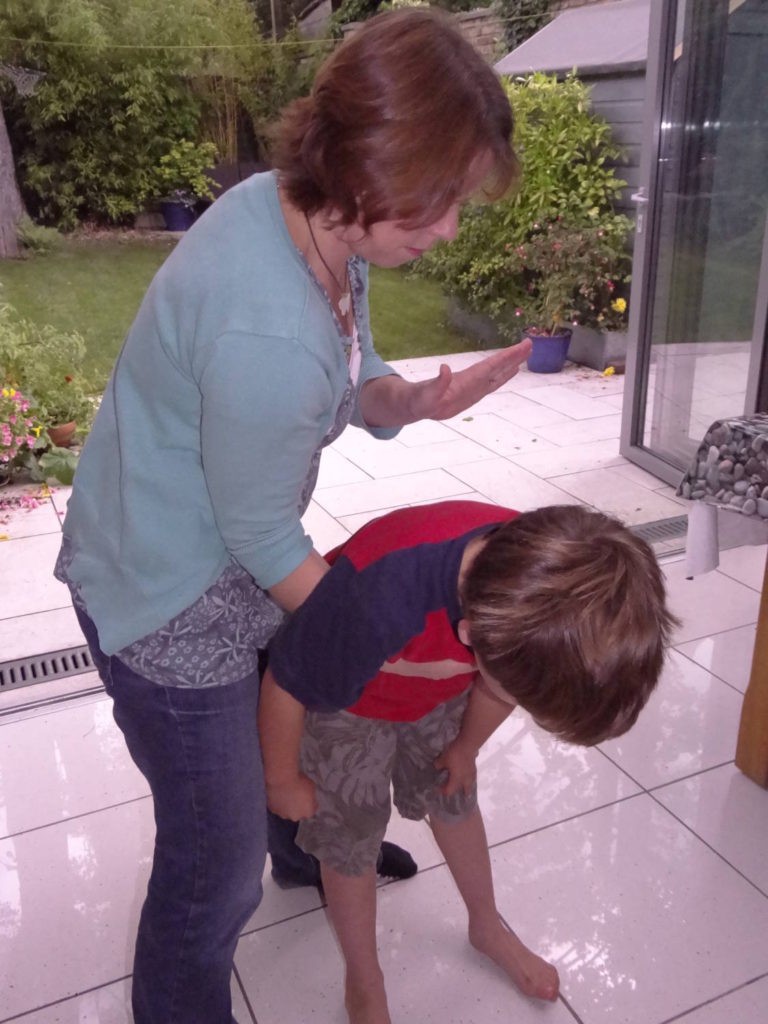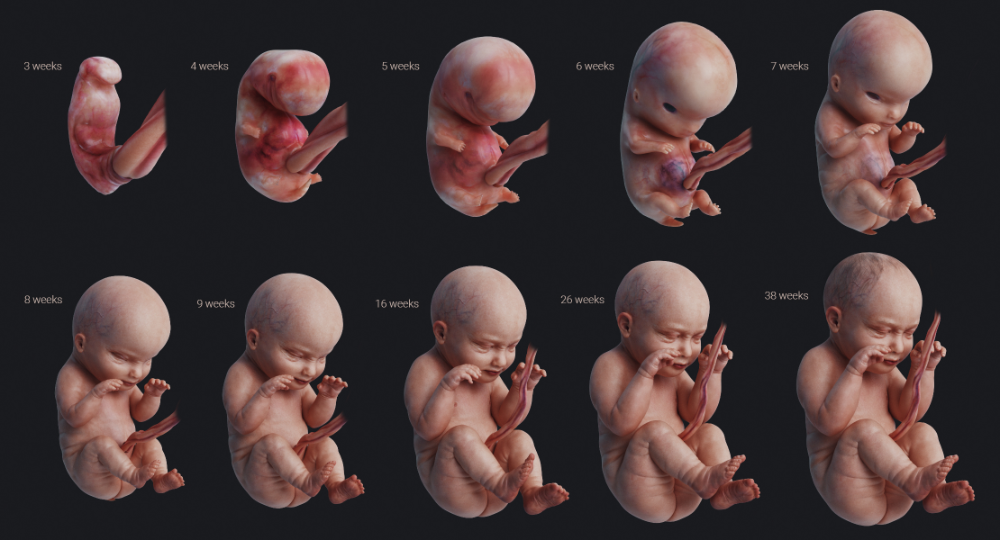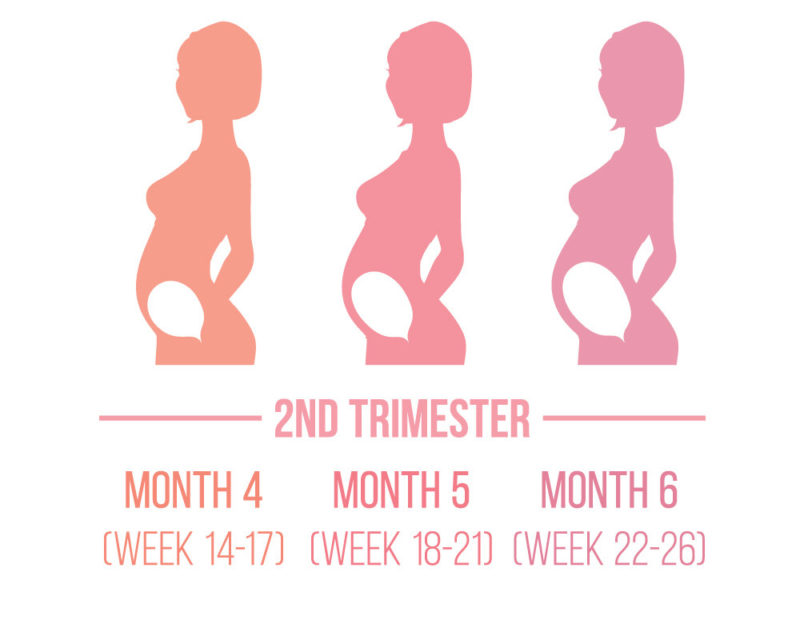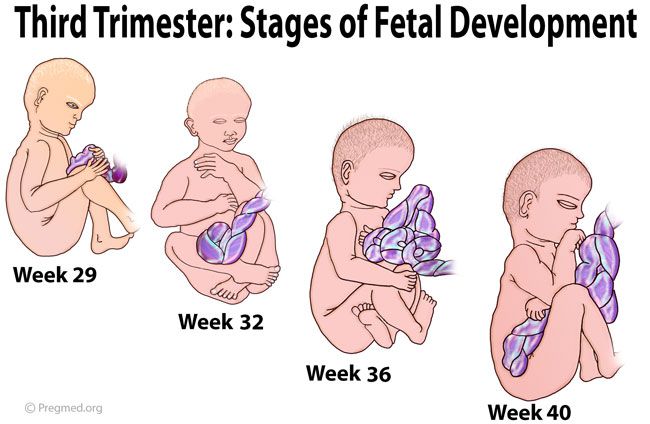How to deal with contractions at home
5 Ways to Manage Your Contractions at Home — Nichole Joy
Updated June 3, 2021
How to manage contractions and pain before it’s time to head to the hospital.Get this —> most hospitals won’t admit you to labor & delivery until you’re in active labor (general protocol - and for good reason, but we’ll get to that later).
Chances are, if you have just started contractions, you are in early labor and you’d be turned around by the hospital to go home with instructions on when to come back. So, how do you manage contractions at home on your own?
First, let me clarify what’s considered active labor. It’s considered active labor when your contractions are:
5 minutes apart, lasting for 1 minute each, for 1 hour (the 5-1-1 rule)
Become difficult to talk through
Start becoming mega painful. Just being straight-up with you on this.
Until then though, labor doesn’t exactly feel like a walk in the park. Soo…what can you do to manage your labor pain and contractions at home until it’s time to go to the hospital?
Labor Pain Management at Home
Luckily, there are lots of options for dealing with contractions at home while you wait for the start of active labor. Every body is different, and if you haven’t been in labor before you may not know what your preferences for managing pain will be until it’s happening, so it’s good to familiarize yourself with these tactics beforehand.
1.Try hydrotherapy.
Don’t confuse hydrotherapy with water birth. The focus here is to manage pain during labor – birth comes later. Try having a warm bath or shower – or maybe a cool bath or shower – listen to your body, it will tell you what it needs. Many women find that being in the water is helpful to manage pain from contractions.
If you’re having back labor, try using a handheld showerhead on your back (your support person might need to help with this).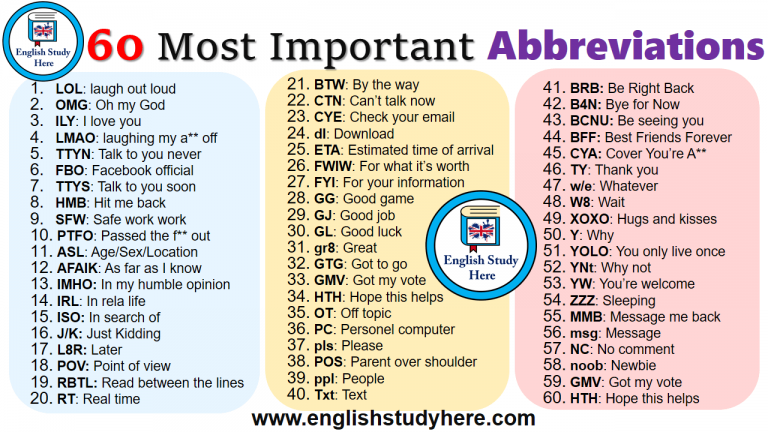 You can also apply warm or cool washcloths to your forehead, belly or back. Even a single ice cube over the belly can be soothing.
You can also apply warm or cool washcloths to your forehead, belly or back. Even a single ice cube over the belly can be soothing.
2. Focus on breathing.
If you remember nothing else about what to do when you’re having contractions, always go back to your breath. To practice diaphragmatic breathing during pregnancy, focus on your abdomen expanding with a slow inhale and letting your abdomen go back in with exhale.
Evidence shows that breathing during labor as a pain management technique works best when combined with other techniques.
3. Make some noise.
Real talk - moaning during labor can sound a lot like moaning during sex. It’s normal and part of the body’s physiological process during birth.
“Moaning is most helpful when it is done in lower, deeper tones as opposed to high pitched tones, as it will help keep the laboring partner’s jaw loose and relaxed which correlates directly to a loose and relaxed perineum. ” (Lamaze)
” (Lamaze)
If you feel the urge to moan, grunt, roar, yell, make raspberry noises and do the horse lips - DO IT. If anyone dares to tell you to keep it down, you have my permission to respond how-ev-er you want.
There’s no shame in a loud laboring woman. Your number one priority is to manage your pain. I roared like a lion when I gave birth on my bedroom floor, and to this day cannot figure out how my toddler didn’t hear me from the living room.
4. Use a birth ball.
You have likely seen them before in yoga practices or gyms. Some people sit on birth balls (or a yoga ball) in place of their desk chair. Just make sure the one you get is designed for sitting for long periods of time and has an anti-slip surface. You don’t want it scooting around on you.
It seems so simple, but this $20ish tool is worth it’s weight in gold. Here are some tips on how to use it:
During pregnancy
tip: make sure your hips are higher than your knees
Hip-opening stretches.
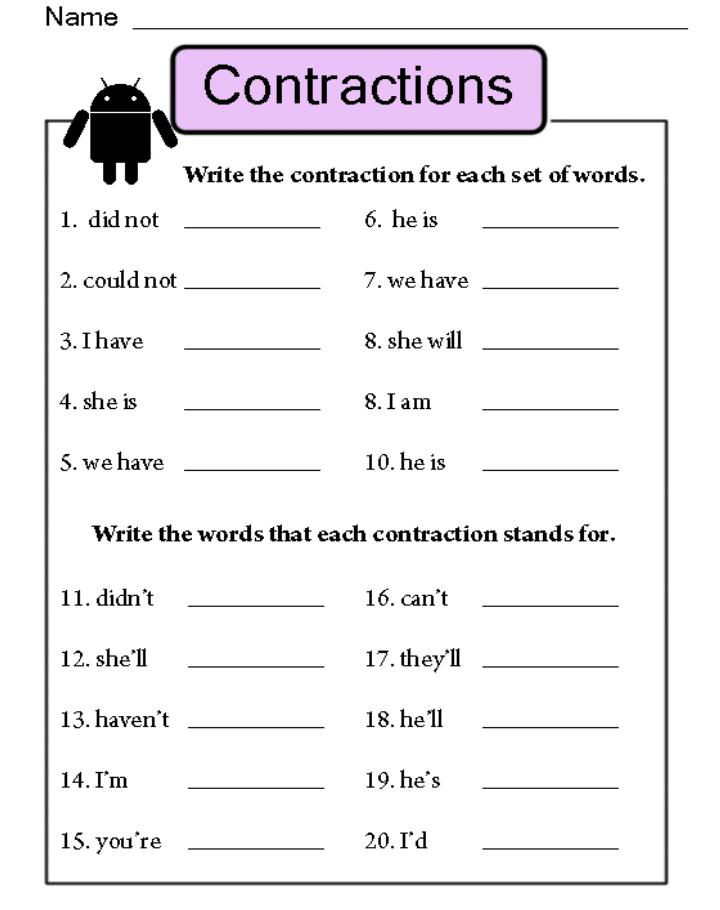
To take pressure off your pelvis.
Relieves back pain.
To help your little one engage (aka drop) and get in the best possible position for birth.
During labor
After birth
Deflate slightly to increase comfort while sitting.
Sitting erect will help strengthen your core.
Use it to assist with feeding baby with a gentle rolling motion.
Bounce on it to sooth fussy baby.
As far as managing pain during labor at home - this thing is a life saver!
TIP: MAKE SURE YOUR HIPS ARE HIGHER THAN YOUR KNEES
5. Use massage tools.
A few inexpensive massage tools that can be very helpful are pictured here - a tennis ball & handheld massager.
Ask your support person to try different types of massage and pressure.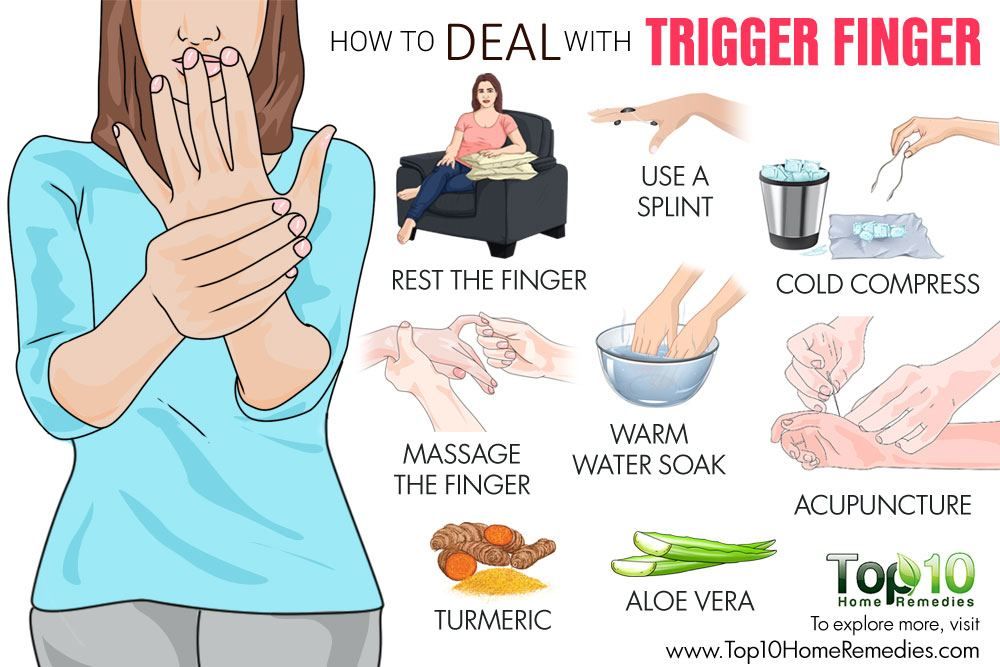 You might be surprised by the power of touch when the goal is to manage pain during labor.
You might be surprised by the power of touch when the goal is to manage pain during labor.
A few key areas they will want to try are:
The upper back across the shoulder blades in a circular motion.
Rubbing or squeezing shoulders from your arms to the base of your neck, relieving the tension.
Your bum or buttocks – you will be surprised at the amount of tension you hold from clenching. Massaging this area is a great way to release that stress.
Sacrum circles – this is the area at the base of your spine or tail bone. Firm pressure can offer tremendous relief.
An upper thigh massage can also be soothing.
My suggestion: keep doing it until it doesn’t feel good anymore, then try something else.
Before you go, I have a little parting gift for you - help yourself to a copy of the birth plan template in my Freebie Library. In it, you can choose multiple options for your birth from delivery, to pain management, to emergencies. Having a birth plan will ensure your birth preferences are known by everyone in the room that day and give you peace of mind.
In it, you can choose multiple options for your birth from delivery, to pain management, to emergencies. Having a birth plan will ensure your birth preferences are known by everyone in the room that day and give you peace of mind.
Baby, Birth, Pregnancy, VBACNichole Blacklabor contractions, labor, labor tips, contractions, childbirth, birth, birth support, birth plan template, birth plan tips, birth plan, birth doula, birth class, labor and delivery tips, labor and delivery, labor fear, labor pain management, natural birth, hospital birth, vbac tips, vbac, laboring
0 Likes20 Natural Pain Relief Options to Help Ease Labor Pain
Whether you have decided that you want a natural birth, a medicated birth, a home birth, a birth center birth, or hospital birth, every expectant mother needs to have some tools to keep herself comfortable while in labor. Even if it’s just for the early labor part.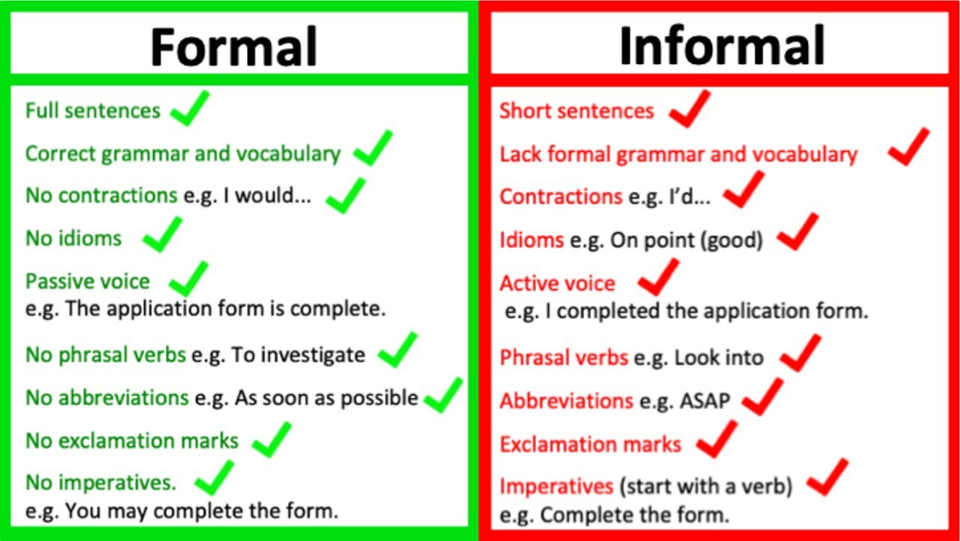 (FYI, hospitals won’t admit you until you are in active labor. So you’re on your own in the beginning.) This is why it’s important to know what natural pain relief options are available to keep yourself as relaxed and comfortable as possible, so you don’t rush to the hospital too early. Some of these are obvious options, and others are not. Here are 20 natural pain relief options available to you during labor.
(FYI, hospitals won’t admit you until you are in active labor. So you’re on your own in the beginning.) This is why it’s important to know what natural pain relief options are available to keep yourself as relaxed and comfortable as possible, so you don’t rush to the hospital too early. Some of these are obvious options, and others are not. Here are 20 natural pain relief options available to you during labor.
1. Massage
Touch is incredibly powerful to the human mind and body. Studies show that women who received physical touch—such as massage—compared to women who didn’t during labor had 56% fewer c-sections, an 85% reduction in the use of epidural anesthesia, 70% fewer forceps deliveries, 61% decrease in the use of oxytocin, a 25% shorter duration of labor, and a 58% drop in neonatal hospitalization1. That is amazing. In addition, touch releases oxytocin, the love hormone, to help relieve stress and fear for the laboring mom. It also helps turn off your pain receptors when in labor, so you don’t feel as much pain as you do without it. I honestly can’t recommend massage enough.
I honestly can’t recommend massage enough.
2. Aromatherapy
Essential oils have been used during labor for centuries. Some have proven beneficial during labor to help relax the laboring woman, relieve stress, act as a uterine tonic, stimulate circulation, and much more2.
Here are some oils that you can use during labor that have proven to be helpful:
Lavender
This is one of the most popular oils used in labor. It can help with relaxation and promote calmness. The oil is also a painkiller that stimulates circulation and healing and may strengthen contractions.
Clary Sage
This oil is one that we use to strengthen contractions. (Make sure that you avoid it during pregnancy before the baby’s due date.) It’s also an excellent oil for reducing anxiety.
Geranium
It helps to breathe and boosts circulation.
Peppermint
This oil helps with nausea and headaches.
Chamomile
Soothing and calming help to reduce tensions and anxiety.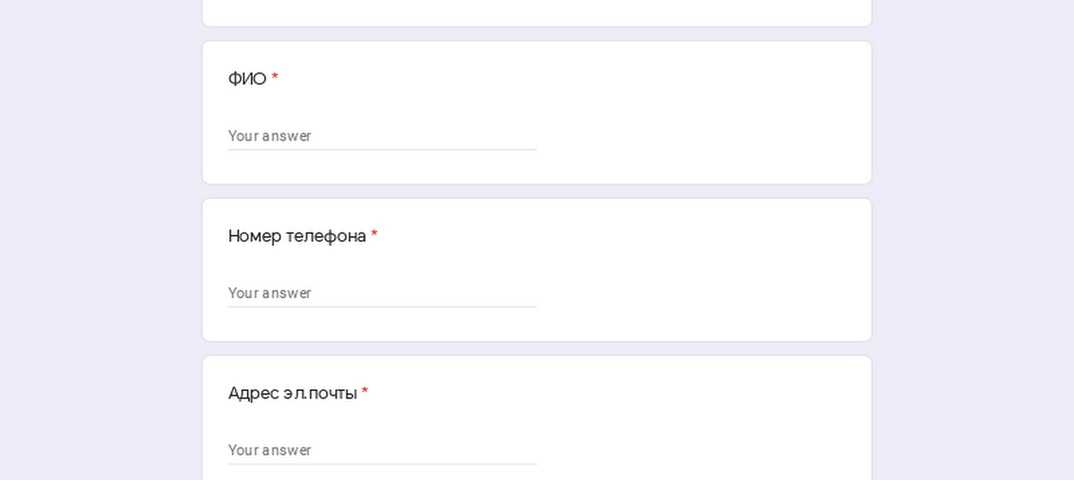
Neroli
It calms and reassures as well as helps relax. It’s also a powerful anti-depressant.
Bergamot
An uplifting and refreshing oil.
Jasmine
It acts as a painkiller. Also known to strengthen contractions and can be used in a compress to aid delivery of the placenta.
Marjoram
Aids breathing and can help to lower blood pressure. It is also an effective pain reliever.
3. Cold & Hot Compresses
Both cold packs and hot packs can reduce pain and increase comfort during labor and childbirth. Here’s how:
Cold
- Place a cold washcloth on the face, neck, and upper chest. This helps to refresh and relax the laboring mom.
- If she is experiencing nausea, place a cold washcloth across the back of the neck to help reduce the sensation.
- Placing a cold pack on the lower back can help with back labor or back pain.
- Place ice packs on the perineum immediately after the birth. This will help reduce swelling.

Hot
- Warm, wet towels, a hot pack, a hot water bottle, or a heating pad placed below the pregnant abdomen provide comfort in labor.
- Right before pushing, place a warm, wet washcloth on the perineum to reduce perineal discomfort and encourage softening and stretching of the perineal tissues in preparation for birth.
- A hot water bottle or hot pack can be applied to the back for back pain during labor.
- After birth, during breastfeeding, it helps to have a warm pack or a heating pad on the belly to help alleviate the cramping sensation when the uterus is shrinking back to its original size3.
4. Hydrotherapy
Hydrotherapy is the use of water for physical or psychological benefits. It is something that all women enjoy once they are in labor. The shower and tub are both fantastic. Here are some of the physiological and psychological benefits:
- Ease of movement with greater mobility due to buoyancy (when in the tub)
- Relaxation during and between contractions
- Safe and effective pain management
- Reduction of blood pressure
- A sense of control as the mother occupies her warm, private space
- It can help with cervical dilation
5.
 Music
MusicMusic is a wonderful tool when it comes to pain management. It helps distract the woman from pain and can create a relaxing experience. When music is playing, it helps a laboring woman breathe rhythmically with the music. It also gives her something to focus on rather than focusing on the contractions. Distraction is key when in labor. Check out these 100+ songs to put on your birth playlist.
6. Focused Breathing
Hopefully, your instructor will talk about breathing patterns in labor during your childbirth class. Breathing can help you focus and work with each contraction. Here are some benefits of practicing patterned breathing:
- The mother remains in a more relaxed state and will respond more positively to the onset of pain.
- The steady rhythm of breathing is calming during labor.
- Provides a sense of well-being and control.
- Increased oxygen provides more strength and energy for both the mother and baby.
- It brings purpose to each contraction, making contractions more productive4.

7. Counter Pressure
This is something that most laboring women enjoy since it relieves back labor and other area-specific discomforts. How do you do it? You apply heavy pressure on painful lower back areas or where you are feeling the contraction.
8. Acupressure or Reflexology
We use acupressure to relieve pain and increase contractions, among other things. It’s non-invasive and does not produce any undesirable or potentially harmful side effects that pharmacological pain relief can. You can treat various conditions by applying pressure on specific points with your fingers, elbows, palms, or blunt-tipped instruments. The primary goal of acupressure is to relieve pain and discomfort. Still, we can also use it to help babies descend and engage, dilate the mother’s cervix, naturally induce labor, and strengthen contractions in slow, non-progressive labors. Additionally, it can help alleviate nausea, combat fatigue in protracted labor, and assist posterior positioned babies to turn to an optimal anterior position for an easier birth.
9. Focal Point
A great coping technique for labor is to have and look at a focal point. One of the wonderful things about focal points is that you don’t have to practice using them. When contractions get intense, you just look at something and focus on it — a crack in the wall, a button on your support person’s shirt, or even one of your ultrasound pictures. Focal points work to deal with pain because of the Gate Control Theory8. The brain processes the information you’re seeing, leaving less brain activity to process the pain you are experiencing. Since your brain’s not processing the pain, you’ll feel less of it.
10. Visualization
The opposite of using a focal point is using visual imagery. Visualization during labor is a highly effective pain management technique. For example, when you close your eyes and imagine a relaxing place—a sunny beach, a fireside, a bubbling brook, or a pristine lake surrounded by mountains. You can use some pictures from your favorite vacation spots to help you transport your mind there. Laboring women can visualize other helpful things, such as their cervix opening, their baby descending into the birth canal, or their breath as it enters and exits the body.
Laboring women can visualize other helpful things, such as their cervix opening, their baby descending into the birth canal, or their breath as it enters and exits the body.
11. Position Changes
There are many benefits to changing positions throughout labor. Different positions can aid labor progress and reduce pain sensations by increasing the pelvic opening. Staying in one position for too long can stall the labor progress and make the contractions more painful over time. So make sure that you are changing your position every 30 minutes or at the longest every hour.
- Best positions to do in early labor
- Best positions to do in transition labor
- Best positions to do in active labor
12. Vocalization
When we experience pain or discomfort, it’s normal to use our voices to help with the pain. For example, we all make noises when we stub our toes. Vocalization is a powerful tool. A birthing woman may choose to moan, softly sing, chant, or grunt. She needs to follow her body and know that making sounds is good, it’s natural, and it helps. No apologies are necessary.
She needs to follow her body and know that making sounds is good, it’s natural, and it helps. No apologies are necessary.
13. Hypnotherapy
Hypnotherapy can be a fantastic tool during labor. With a bit of practice throughout pregnancy, women can learn the process of becoming deeply relaxed and free of fear so the uterine muscles can work with minimal pain. Classes, videos, and audio tapes help women learn a conditioned reflex in which they can create their state of profound mental relaxation, physical relaxation, and concentration all by themselves. Two different options available are Hypnobabies and Hypnobirthing.
14. Birth Doula
Women need the information to have a better birthing experience, but they also need physical and emotional support. Studies have shown that women supported by other women—a doula—experience more positive, less complicated births and report more satisfaction with their birth experiences5. They also show less use of interventions during birthing and quicker recoveries.
15. Dimmed Lights
The majority of women go into labor in the middle of the night. This is no accident. Our melatonin levels are increased at night and allow our bodies to relax and begin labor. When we are exposed to light in labor, it has been shown to slow contractions or even stop them altogether. A study at the University of Florida found that shining blue-green light in a pregnant woman’s eyes at night–like staring at a phone screen or computer screen–will suppress contractions. Turn the lights out, and you will be more comfortable, and it will help your labor progress.
16. TENS Unit
TENS (transcutaneous electrical nerve stimulation) therapy has been around for years and is a tool women have used during labor as a natural pain reliever to keep them comfortable. It’s a small, hand-held machine that uses a mild and painless electrical current to relieve pain. It’s most commonly used for reducing back pain. If you are interested in getting one, you can find one here for $40.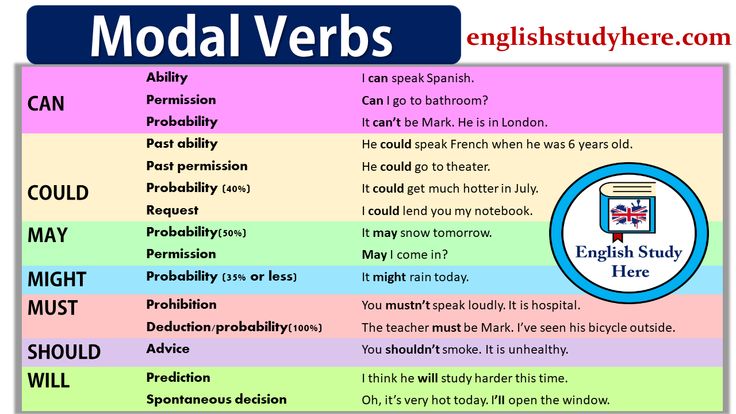
17. Birth Ball and/or Peanut Ball
A birth ball is simply an exercise ball. The birth ball comforts and strengthens your lower back when sitting on it. Your pelvis is also better supported and symmetrical, which provides more comfort to laboring women.
A peanut ball is an exercise or therapy ball shaped like a peanut. A recent study found three noticeable benefits in women who used a peanut ball during labor: it shortens labor, shortens the pushing phase, and has helped reduce the number of c-sections6.
Women become tired in labor and sometimes need to sit down or lie down. A birth ball or a peanut ball can help them do just that but remain comfortable and help the labor progress.
18. Eat and Drink
For years, women have not been allowed to eat or drink fluids during labor. Some hospitals are continuing this today. But a new study by the American Society of Anesthesiologists suggests that this may not be a good thing. The study now shows most healthy women would benefit from a light meal during labor7.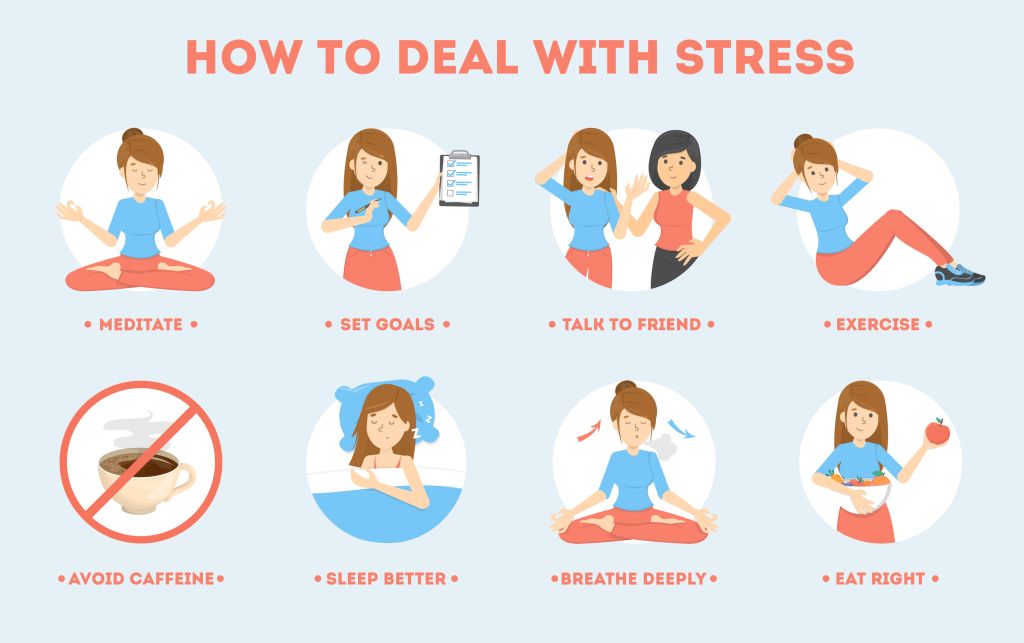 They concluded that moms in labor need the same kind of energy and calories as marathon runners. Shocking! You are working so hard, and you need the fuel to continue and remain strong and comfortable. When you don’t have that fuel, it can actually reduce your contractions, leading to longer labor. So have light snacks and fluids to keep your energy up.
They concluded that moms in labor need the same kind of energy and calories as marathon runners. Shocking! You are working so hard, and you need the fuel to continue and remain strong and comfortable. When you don’t have that fuel, it can actually reduce your contractions, leading to longer labor. So have light snacks and fluids to keep your energy up.
19. Use the Restroom
Using the restroom and emptying your bladder will help you feel more comfortable, but it will also make sure that your bladder is not holding your baby’s head up from pressing on your cervix and helping you dilate. Having an empty bladder will allow you to progress better. Going number two is also a good thing! It’s clearing everything out and making room for a baby to get through. Also, squatting on a toilet and relaxing your bottom is excellent for every mama in labor.
20. Walk or Move
It’s incredibly uncomfortable for a laboring woman to remain still while experiencing true labor contractions. The more you walk and move around and are upright during labor, the more you encourage your baby to descend into the birth canal. Also, you’re keeping yourself as comfortable as possible throughout the process. So get up out of that bed and move!
The more you walk and move around and are upright during labor, the more you encourage your baby to descend into the birth canal. Also, you’re keeping yourself as comfortable as possible throughout the process. So get up out of that bed and move!
Resources:
-
Birch, E., 1986. The experience of touch received during labor.
J Nurse Midwifery 31(6): 270–76 -
https://www.ncbi.nlm.nih.gov/pmc/articles/PMC7445940/
-
https://www.webmd.com
-
https://americanpregnancy.org
-
https://www.ncbi.nlm.nih.gov/pmc/articles/PMC3647727/
-
https://archive.azcentral.com
-
https://www.sciencedaily.com/releases/2015/10/151025010725.htm
-
https://www.sciencedirect.com
This article contains affiliate links. These opinions are our own. However, if you buy something, we may earn a small commission, which helps us keep our content free to our readers. Check out our Chick Picks Shop to see more of our recommended products. It’s our carefully curated shop of products we love and recommend! ❤️
Check out our Chick Picks Shop to see more of our recommended products. It’s our carefully curated shop of products we love and recommend! ❤️
10 Ways to Reduce Labor Pain
How to breathe properly during childbirth, how fitball and wall bars will help you, and what is the “Home birth” program in Moscow maternity hospitals? Perinatal psychologist Elena Patrikeeva (@patrikeeva.elena.psy) tells how to cope with pain.
Elena Patrikeyeva
Perinatal psychologist
1. Let go of fear and stress
Attitude in childbirth is very important. Therefore, I advise patients to prepare as much as possible for this day, learn more information, visualize. 50% of labor pain is fear and stress. Cortisol and adrenaline block the production of oxytocin, the most important hormone during childbirth. If the expectant mother is frightened, contractions may weaken and become rare - such cases are not uncommon in maternity hospitals. nine0003
2. Water
Painful sensation relieves relaxation.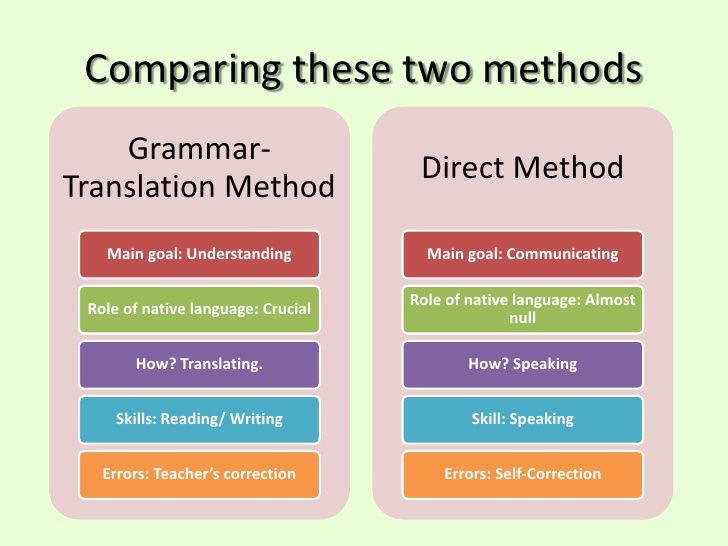 Water warms, relieves the load from the legs and spine. After the start of regular contractions, you can immerse yourself in a warm bath at home. In this position, wait until the interval between contractions is 5 minutes, and go to the hospital.
Water warms, relieves the load from the legs and spine. After the start of regular contractions, you can immerse yourself in a warm bath at home. In this position, wait until the interval between contractions is 5 minutes, and go to the hospital.
Another way to reduce pain is to squat down with your knees apart, lean on the edge of the tub and ask your partner to pour warm water from the shower onto the sacrum area. nine0003
3. Move during contractions
Every woman has different postures to relieve pain during contractions: standing, sitting, on all fours, sometimes even lying down. The main thing is that you have the opportunity to move and take a comfortable position. Childbirth is the work of two: mother and baby. Physiologically, you feel the movements of the baby, and the body tells you what position to take so that the baby is comfortable.
4. Have a baby with a partner
I am very positive about partnered births. If the couple wants this, understands why she needs it, and the partner is aware of his tasks during childbirth, you can safely decide! Firstly, the presence of a loved one who will support, praise, call a doctor, bring water, give a feeling of calm and security. And secondly, a man can relieve pain by doing a massage. Great rescues intensive massage of the sacrum during contractions. nine0003
And secondly, a man can relieve pain by doing a massage. Great rescues intensive massage of the sacrum during contractions. nine0003
5. Practice breathing correctly
Rule of thumb: don't hold your breath. It should be even, calm and focused. Exercise regularly before giving birth so you don't forget about it during contractions. Here is one technique: inhale deeply through the nose and exhale through the mouth twice as long as the inhalation.
6. Singing, humming and other sound practices
These are very effective techniques during contractions. Sound out your breath with the sounds "um", "ahh", "ooh" or just sing. So you relax the jaw and face in general. And it also helps to relax the pelvic area. In addition, by making monotonous sounds, you are immersed in a meditative state. This works too! nine0003
7. Use an exercise ball
You can sit on the exercise ball during the straining period. He helps out many women during contractions (and I am one of them). It is convenient to move the pelvis on the fitball, and this is very relaxing. One of the comfortable positions: kneel on the floor and lean on the fitball with your chest and arms.
It is convenient to move the pelvis on the fitball, and this is very relaxing. One of the comfortable positions: kneel on the floor and lean on the fitball with your chest and arms.
8. "Warm, dark and quiet"
These are the three ingredients for successful childbirth according to the famous Dr. Michel Auden. The oxytocin we need is produced when a woman is comfortable, safe, and around is dark, warm and quiet. Unfortunately, this description doesn't look much like a generic generic box. But such conditions can be obtained by giving birth under the programs "Home birth", "Soft birth". They are in maternity hospitals No. 3, 68, 29, 8, in the Center for Family Planning and Reproduction, in the Perinatal Medical Center "Mother and Child" and, of course, in Lapino. But the main thing here is not even the situation, but the tactics of conducting childbirth - expectant and without intervention, with confidence in the woman and her body.
9. Use all aids in the room
If there are pear chairs in the room, rest on them. Now Swedish walls with ropes began to appear in maternity hospitals. And they help a lot during fights. You can lean on the bar, the stomach will go down and, thus, the load on the vessels will be removed and the pain will decrease. Using the crossbar as a support, you can move your hips. And just hanging on a rope. This relaxes the pelvis. nine0003
Now Swedish walls with ropes began to appear in maternity hospitals. And they help a lot during fights. You can lean on the bar, the stomach will go down and, thus, the load on the vessels will be removed and the pain will decrease. Using the crossbar as a support, you can move your hips. And just hanging on a rope. This relaxes the pelvis. nine0003
10. Aromatherapy
Smell is an ancient analyzer. Smells give rise to powerful unconscious images, experiences. During all stages of childbirth, you can safely use essential oils. For example, lavender will relax at the beginning of labor. Sage or rose are suitable for pain relief and stress relief. If you are tired and want to find a second wind, mint and orange will help.
How to behave in childbirth? Learning to give birth quickly and with problems
Childbirth is a natural process, laid down by nature. The whole sequence of events that take place during this period is predetermined, but by your actions you can either speed up the birth of a baby, or complicate his birth. nine0003
nine0003
Childbirth is the final and most important stage of pregnancy. How you behave and how accurately and skillfully you follow the instructions of the obstetrician depends on how you will feel and how quickly your baby will be born. What does a newborn need to know? Let's try to answer the most important questions.
1. When is it time to go to the maternity hospital?
Childbirth is a natural result of hormonal changes that occur in your body during the final stages of pregnancy. The sagging belly and heaviness in its lower part and the lumbar region speak of the imminent denouement of the story. Periodically, weak contractions occur, the stomach tenses and pulls down, but these sensations quickly pass, the uterus relaxes again and becomes soft. Such contractions are harbingers of childbirth, but they are far from real labor activity. nine0003
The signal to call an ambulance should be sufficiently strong contractions that are repeated at regular intervals, the appearance of mucous secretions from the genital tract, slightly stained with blood, or the outflow of amniotic fluid.
2. First stage of childbirth: we breathe for two!
From the moment the contractions become regular, the first stage of labor begins, during which the strength, frequency and duration of uterine spasms increases and the cervix opens. nine0003
During spastic contraction of the uterine muscle fibers, the blood vessels that carry arterial blood to the placenta and fetus are compressed. The fetus begins to experience a lack of oxygen, and this involuntarily makes you breathe deeper. The reflex increase in the rate of contractions of your heart will ensure the delivery of oxygen to the child. Nature has provided that these processes take place regardless of your consciousness, but you should not completely rely on it.
In the first stage of labor, during each contraction, you need to breathe calmly and deeply, trying not to hold your breath while inhaling. At the same time, the air should fill the upper sections of the lungs, as if raising the chest. You need to inhale through the nose, slowly and smoothly, exhale through the mouth, just as evenly. nine0003
You need to inhale through the nose, slowly and smoothly, exhale through the mouth, just as evenly. nine0003
3. Auto-training in the prenatal ward
To speed up the opening of the cervix, you need to walk more, but sitting is not recommended, while blood flow in the limbs is disturbed and venous blood stagnation occurs in the pelvis. From time to time it is useful to lie on your side, stroking your lower abdomen with both hands in the direction from the center to the sides, focusing on breathing and saying to yourself: "I am calm, I am in control of the situation, each contraction brings me closer to the birth of a baby."
4. To relieve pain
Acupressure of the lower back can help relieve pain. Find the outer corners of the sacral rhombus on your lower back and massage these points with clenched fists.
Monitor the frequency and duration of contractions and if they weaken or sharply increase, immediately inform your doctor. In case of severe pain, you can ask for an anesthetic, but you should remember that you should not take the medicine too often, this is fraught with narcotic depression of the newborn and a decrease in his adaptive abilities. nine0003
In case of severe pain, you can ask for an anesthetic, but you should remember that you should not take the medicine too often, this is fraught with narcotic depression of the newborn and a decrease in his adaptive abilities. nine0003
If dilatation of the cervix has caused reflex vomiting, rinse your mouth with water and then drink a few sips to replace the lost fluid. Do not drink a lot, this can provoke a recurrence of vomiting.
5. The maternity ward is not a place for tantrums
They say that difficult childbirth is a person's retribution for walking upright. Childbirth is actually a painful process, but the presence of reason allows us, representatives of the genus Homo sapiens, to control our emotions. Screaming, crying, tantrums and swearing have no place in the maternity ward. This creates a tense environment, interferes with the normal course of childbirth, complicates diagnostic and therapeutic measures, and ultimately affects their outcome. nine0003
nine0003
6. Second stage of labor - pushing and expulsion of the fetus
After the baby's head slips through the open cervix and finds itself on the bottom of the pelvis, the pushing period of labor begins. At this time, there is a desire to push, as it usually happens during a bowel movement, but at the same time many times stronger. At first, the attempts are controllable, they can be "breathed", but by the beginning of the third stage of labor, the expulsion of the fetus, they become unbearable.
With the onset of the straining period, you will be transferred to the delivery room. Having settled down on the delivery table, rest your feet on the special steps, firmly grasp the handrails and wait for the midwife's command. nine0003
While pushing, inhale deeply, close your mouth, clench your lips tightly, pull the handrails of the delivery table towards you and direct all the exhalation energy down, squeezing the fetus out of you. When the top of the baby appears from the genital slit, the midwife will ask you to ease your efforts. With gentle movements of her hands, she will first release the baby’s forehead, then his face and chin, after which she will ask you to push again. At the moment of the next attempt, the baby's shoulders and torso will be born. After the newborn is born, you can breathe freely and rest a little, but the birth is not over. nine0003
7. The third stage of labor and the final stage
The third stage of labor is the afterbirth period. At this time, weak contractions are observed, due to which the fetal membranes gradually exfoliate from the walls of the uterus.
About 10 minutes after your baby is born, your midwife will ask you to push again to deliver your afterbirth. The doctor will carefully examine it and make sure that all parts of the membranes have come out. After that, with the help of mirrors, he will examine the cervix and make sure that it is intact.
